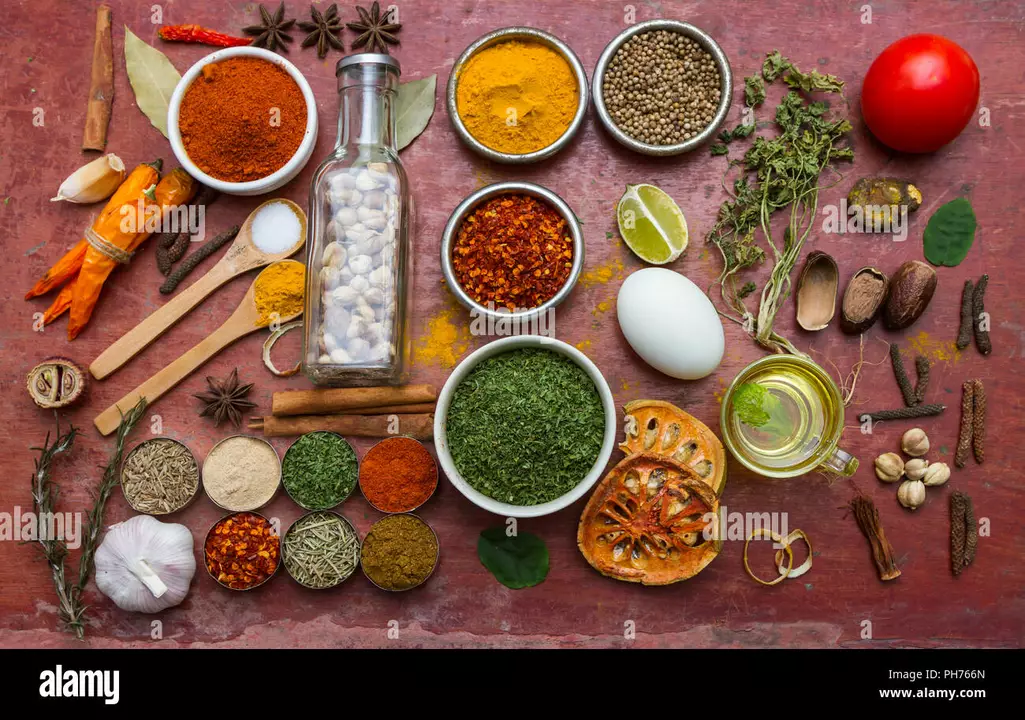Cuisine: Indian Food Guide
Indian cuisine is a huge world of flavors, not a single taste. On this tag page you'll find posts that explain why some people love Indian food, why others hesitate, and how to enjoy it whether you cook at home or dine out. If you want clear, practical tips—where to start, which dishes to try, how to tame the heat—you’re in the right place.
Regional variety makes Indian food exciting. North Indian dishes like butter chicken, naan and dal makhani use cream, ghee and slow cooking. South Indian plates often focus on rice, coconut, tamarind and tangy chutneys—think dosa, sambar and rasam. West and East India add seafood, mustard oil and unique sweets like rasgulla or dhokla. Knowing a dish’s region helps set expectations about spice, texture and flavor.
Top dishes to try
Curious which dishes most foreigners enjoy? Try tandoori chicken, butter chicken, biryani, samosas and dal. These are crowd-pleasers because they balance spice, aroma and comfort. For a soft entry into spices, pair a spicy curry with raita or plain yogurt and eat with naan or rice. That cool dairy balances heat.
How to ease into spices
If you find Indian food too spicy, you don’t have to avoid it. Ask for “mild” when ordering out or use less chili when cooking. Swap hot chilies for paprika or smoked paprika for warmth without intense heat. Adding coconut milk or cream can mellow a fiery curry. Simple choices like removing seeds from chilies reduce heat a lot.
Health myths pop up about Indian food being greasy or unhealthy. Choose grilled items like tandoori, or dishes made with lentils and vegetables for a lighter meal. Many traditional recipes use whole spices and slow cooking which are rich in antioxidants. Cooking methods and portion size make a bigger difference than assuming every dish is unhealthy.
Street food offers unforgettable flavors but be cautious. Pick busy stalls with fresh turnover and bottled water. When trying chaat or pani puri, check hygiene or opt to try homemade versions first.
Want to learn to cook? Start with simple recipes: dal tadka, vegetable pulao, or paneer bhurji. These teach spice balance and basic techniques like tempering (tadka) and sautéing. Use measured spice amounts and taste as you cook.
Vegetarian options are everywhere in India, so non-meat eaters have plenty to try. Paneer dishes, chana masala, aloo gobi, and vegetable korma show how spices lift simple ingredients. If you host friends, make a mild main, a spicy side and a cooling salad so everyone finds something they like. Look for cooking classes or food walks in cities—they’re a fast way to learn what each spice does and where to sample the real deal.
Start small, taste often and enjoy the adventure.

Can one be addicted to spices (in Indian food for example)?
Spicy food is an integral part of many cultures, but can one become addicted to it? The answer is yes. Spicy foods, especially those eaten in Indian cuisine, contain compounds that are known to be addictive. These compounds trigger the release of endorphins in the brain, causing a pleasurable feeling that can lead to an addiction. People who eat spicy foods regularly may find themselves craving it more and more, despite the intense burning sensation it can cause. Additionally, the body can become conditioned to the level of spice, meaning that addicts may need to increase the amount of spices in their meals to get the same pleasurable feeling. Ultimately, it is possible to become addicted to spices in Indian food, and it can be difficult to break the cycle.